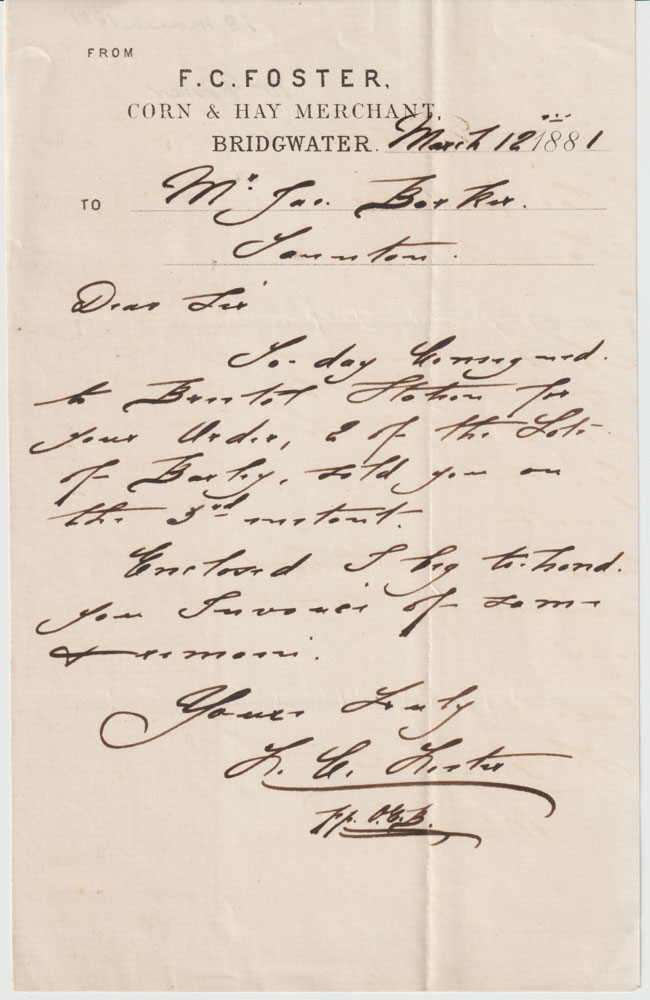Page on the Mayors of Bridgwater under Construction
John Browne: 1855, 1861, 1862, 1864, 1865
Born c.1791 died 1859. Brick and Tile Manufacturer. Gives his name to Browne’s Pond in Hamp. Buried Wembdon Road Cemetery. A full biography can be found on the website of the Friends of the Wembdon Road Cemetery.
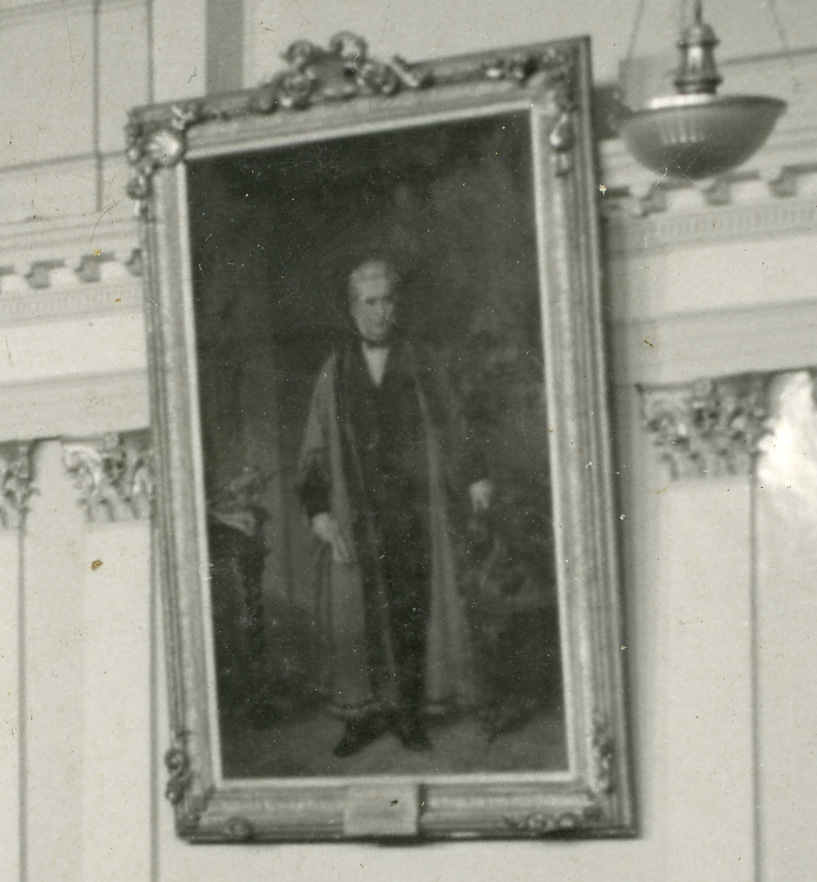
George Bryant Sully: 1869, 1870
Born 1831 died 1907. Coal Merchant and Shipping Magnate. Lived in Crowpill House by the docks. Buried Wembdon Road Cemetery.

Francis James Thompson: 1884
Born 1813, died 1897. Notable Quaker and Ironmonger. Read more in Sturge’s History. Buried Albert Street burial ground.
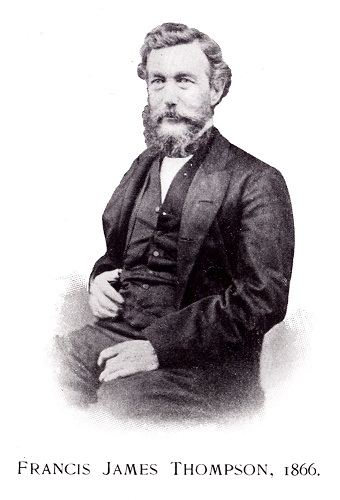
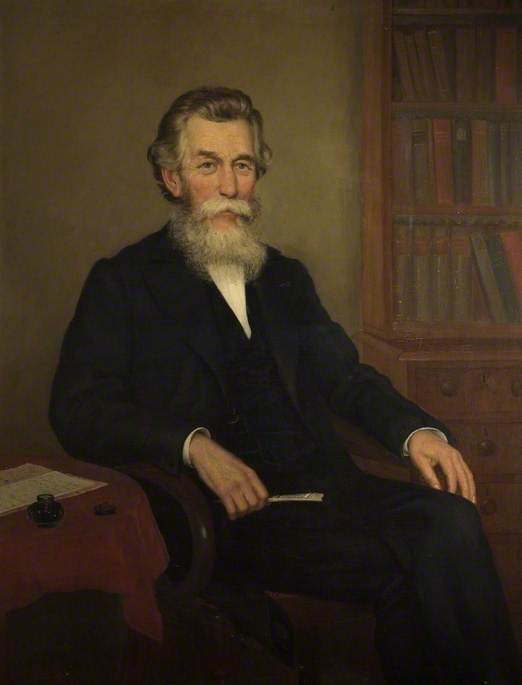

Alfred Peace: 1885, 1887
Born 1845, died 1912. Coal Merchant and Haulier, with interests in many businesses in the town: prime mover behind bringing the Somerset and Dorset Railway Line to Bridgwater. In his time as mayor the gold chain was commissioned. Buried Wembdon Road Cemetery. His extensive obituary can be found on the website of the Friends of the Wembdon Road Cemetery. Brother in law to Artemis Dowty.

John Henry Waddon: 1889
Born 1839, died 1915. Rope manufacturer and provisioned of ships. Buried Wembdon Road Cemetery.
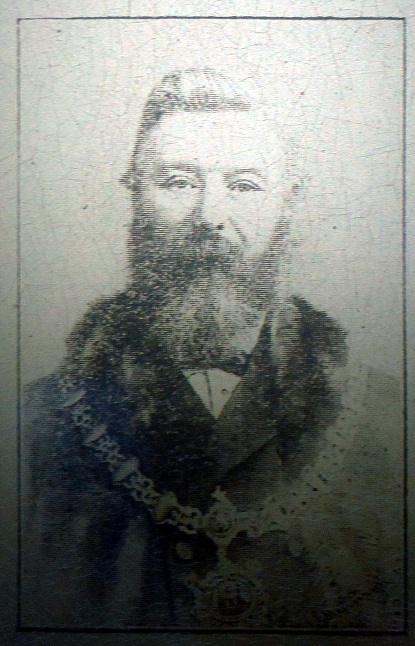
F. Charles Foster: 1890, 1897
Born 1850, died 1929. Buried Wembdon Road Cemetery.
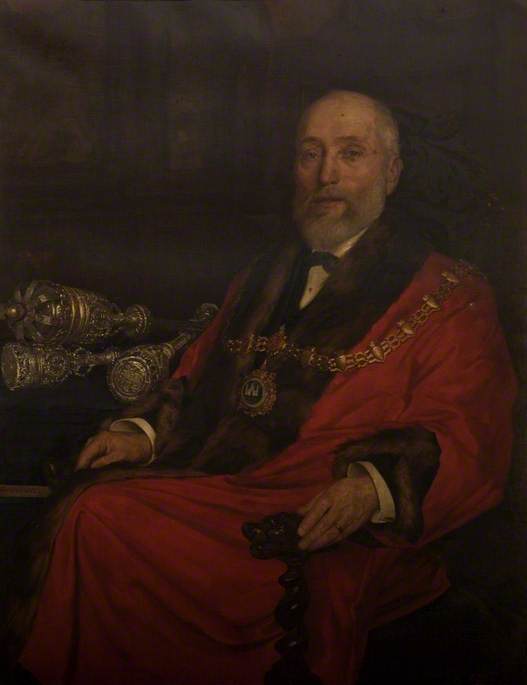
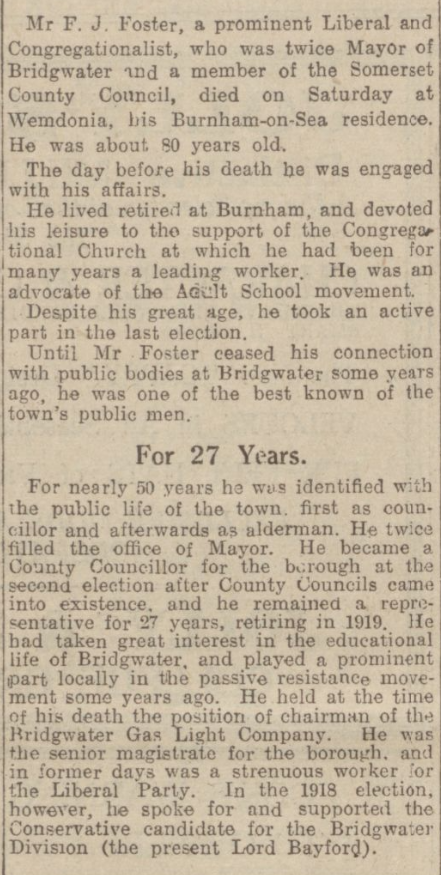
14 October 1929.
Thomas Manchip: 1892
Born 1818, died 1905.


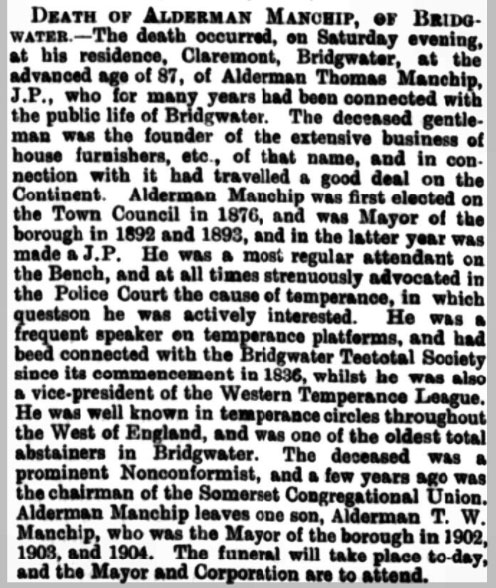
Henry W. Pollard: 1893, 1894, 1895, 1904, 1905, 1906, 1907, 1910, 1911
Born 1848, died 1922. Owner of a building company. Built the George Williams Memorial Hall, Cranleigh Gardens, Lyndale Avenue, Cotford Asylum, Knightstone Pavilion at Weston super Mare, St Michel’s Church Yeovil. Lived in St John’s House, Monmouth Street, and later Oakfield, Wembdon. Opened the Carnegie Library, laid the foundation stone of the court in Northgate.
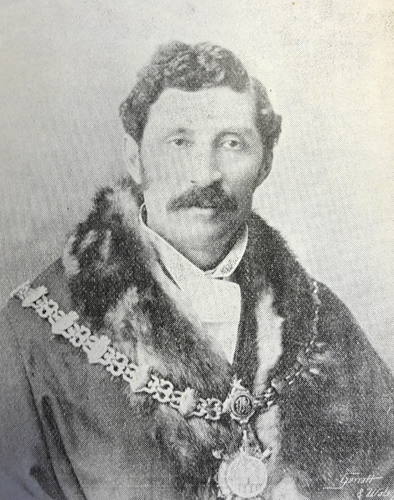
William Thompson: 1900, 1901
Born 1837, died 1927.
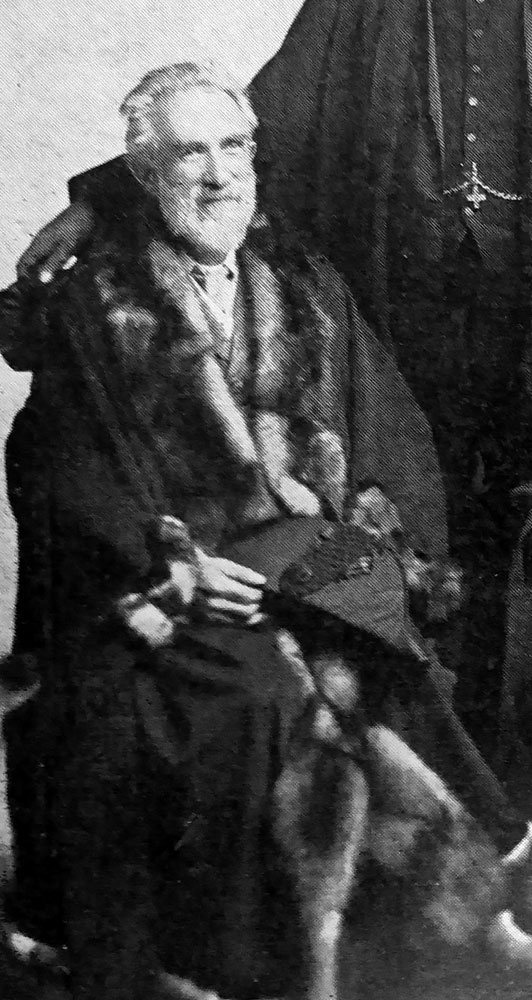
Thomas William Manchip: 1902, 1903
Born 1850, died 1933.
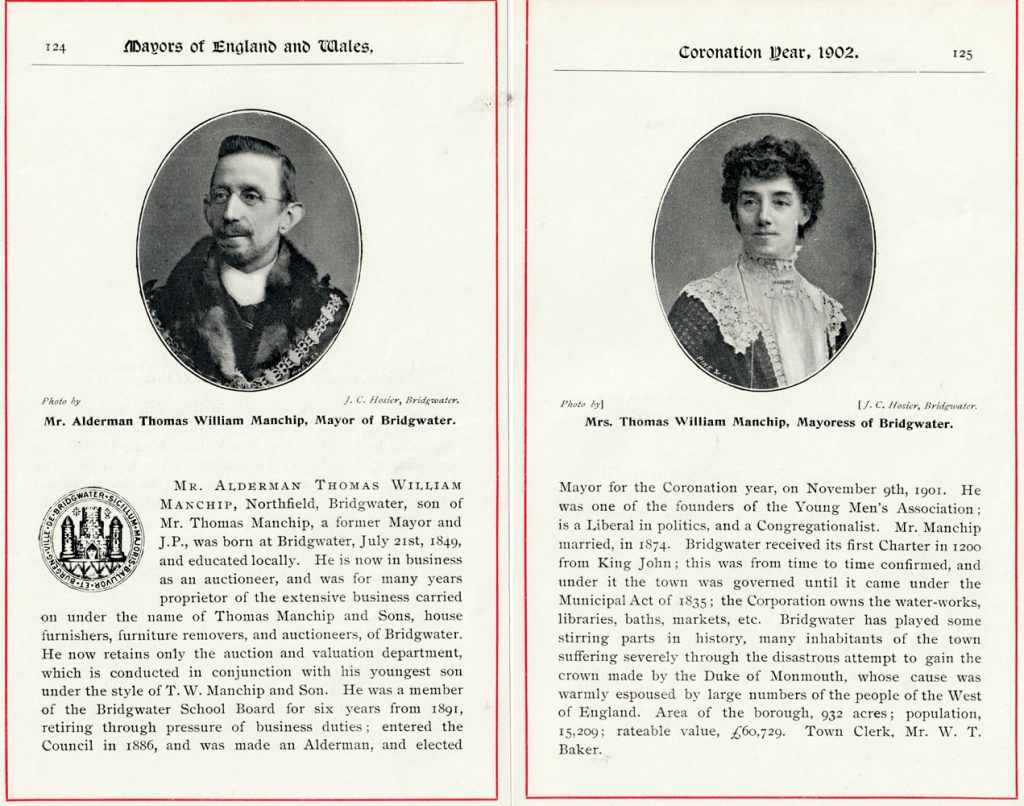
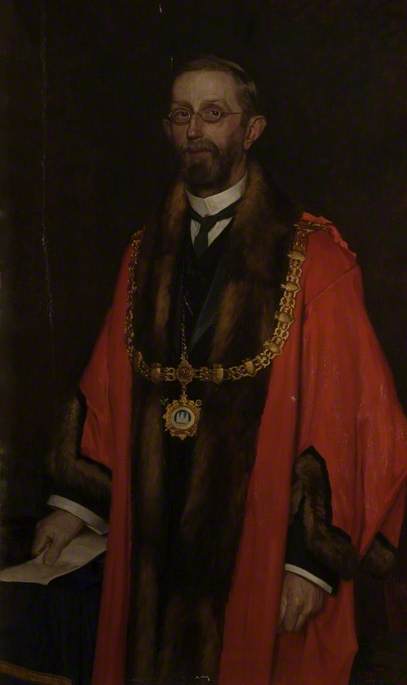

Richard Own Sully: 1909, 1912

Seymore Berry: 1919, 1920, 1921
Born 1865. Elected to the Town Council in 1902. MBE in 1937. Given Freedom of the Borough in 1938. Retired from the council in 1943, at which time he was called ‘Father o’ the Town Council’. During his chairmanship of the Housing Committee they built 1200 homes in the town. Was influential in the building of Westover School and laid the foundation stone.
F.H. Allen: 1922
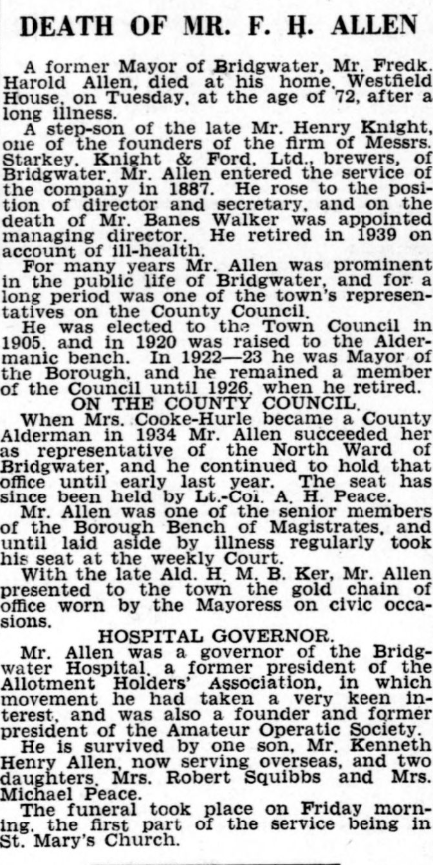
15 March 1941
W. H. J. Madding: 1923
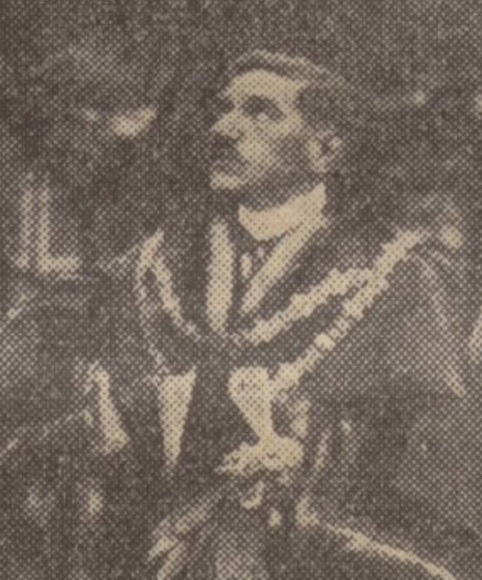
Harry Monro Brackenbury Ker: 1924
Born 1868, died 1933, buried in the Wembdon Road Cemetery.
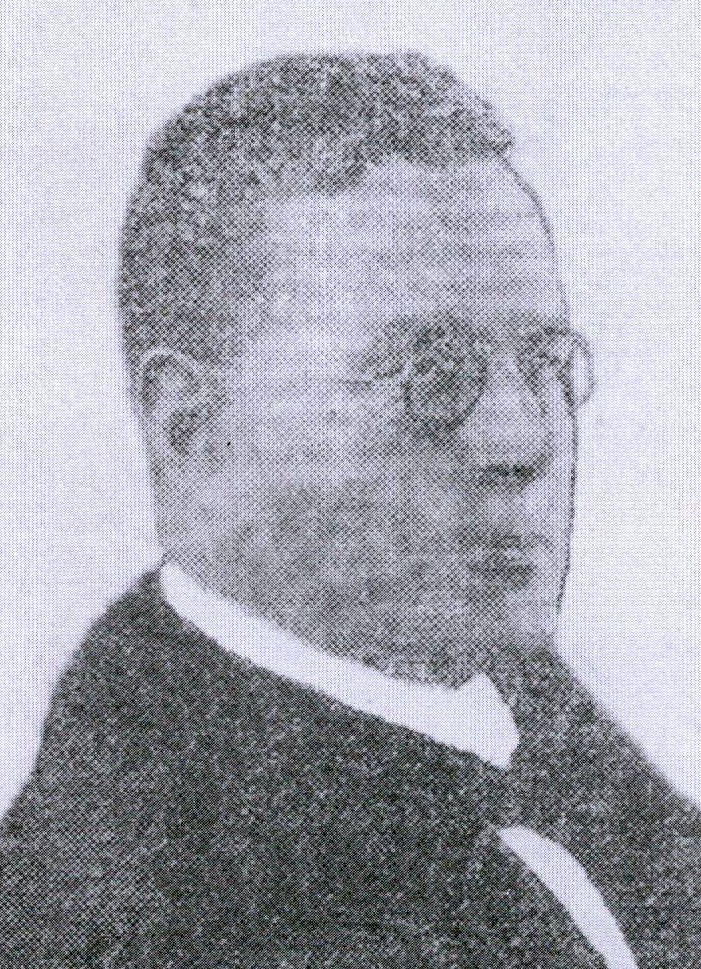
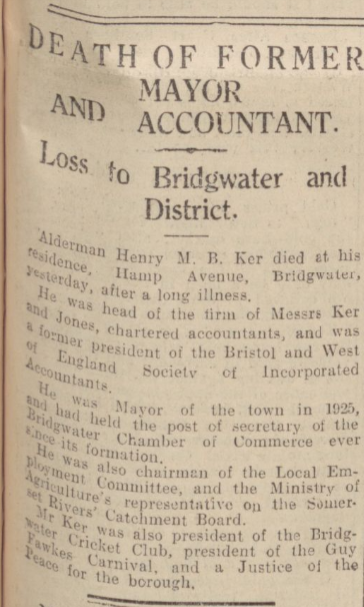
31 August 1933
Walter Deacon: 1925, 1926, 1927
Alderman Walter Deacon 1881-1955, JP, President of the Pharmaceutical Society of Great Britain. Awarded CBE in 1941. Hon MSc of Bristol University in 1942. Deacon was a pharmacist with five shops in the Bridgwater area. He was a member of the Society of Radiographers and the Institute of Radiology. In later years he suffered problems with his fingers due to his work as a radiologist. His wife was Hettie Helena Perrett.
As mayor he masterminded a series of events in the 1920s with the role of increasing the public’s awareness of the town, which became known as ‘Brighter Bridgwater’. At the most basic level, this involved improving houses, shops and streets with more floral displays, as well as more ambitious projects. The floral campaign was a popular project and adopted by the townsfolk and traders. Standout events included ‘Charter Day’ on the Cornhill in 1926, celebrating the granting of John’s charter in 1200, and the devising of the Bridgwater Pageant in 1927. There are Pathe films of both on YouTube. He commissioned the up and coming composer, Percy Whitlock to write songs for the events. One was “Song of the Bridgwater Men”. Other efforts saw the creation of the Blake Museum and Victoria Park, the latter with tennis courts and bowling green. A Cart Horse Parade was held in September 1926. A ‘Brighter Bridgwater’ Lecture Series was also held, with expert speakers arranged to talk on the future of England. Because of his floral enthusiasm, he was known locally as ‘Flowerpot Walter’.
His funeral was conducted by the Methodists. He was cremated at Arnos Vale, Bristol, and his ashes interred at St Mary’s Church, Bridgwater.
Deacon Road in Sydenham was named in his honour. See here for a photograph of him as President of the Pharmaceutical Society. Numerous items of Deacon’s memorabilia and ephemera were sold at auction in 2025. For more on her family, see here. For an account of his earlier career, see here.
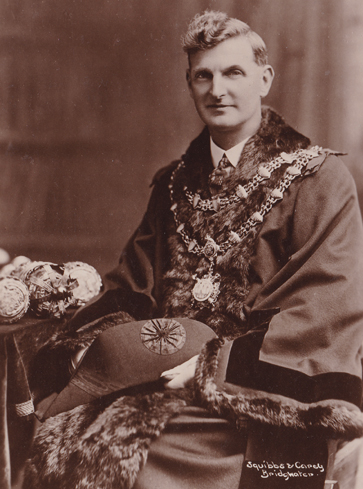

C Bryer: 1933, 1934

18 February 1933

